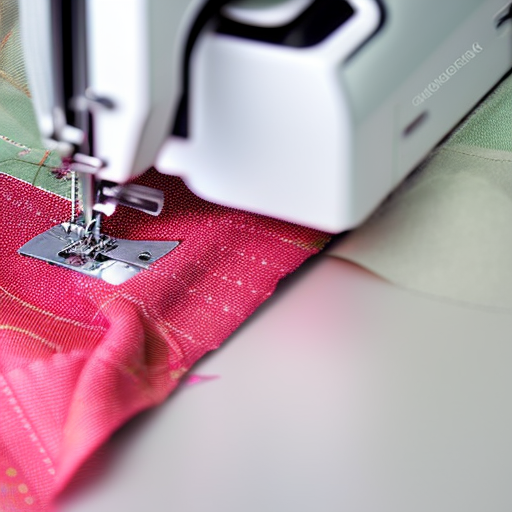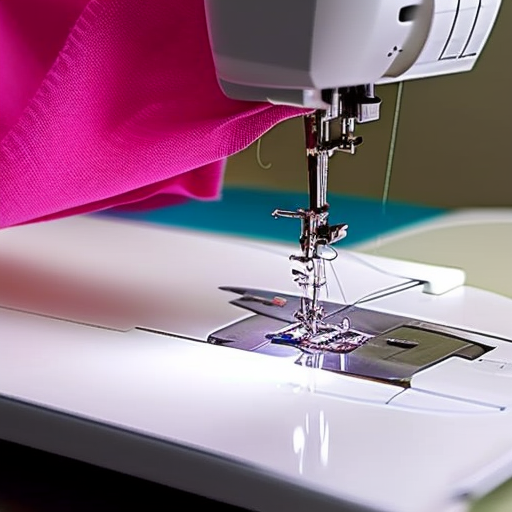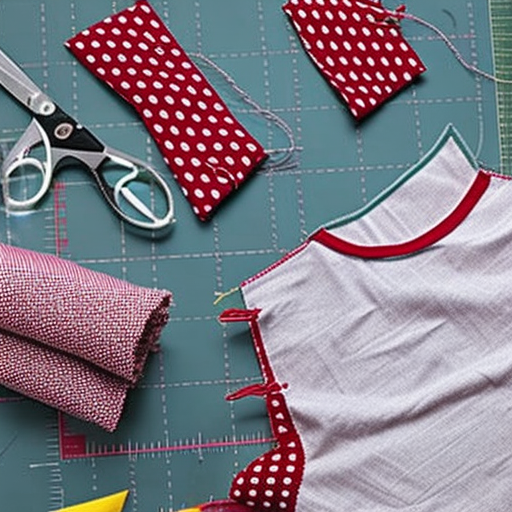
There can be various reasons why your sewing machine is not stitching properly. Troubleshooting the issue is crucial in order to identify and resolve the problem. Here are some common causes and solutions:
1. Incorrect Needle Installation
Check if the needle is installed correctly. Ensure that it is inserted all the way up into the needle clamp and tightened securely.
2. Tension Problems
Incorrect tension settings can cause stitching issues. Check the upper and lower thread tension. The tension disks should be clean and the thread should pass smoothly through them. Adjust the tension according to the fabric and thread being used.
3. Bobbin Issues
Make sure the bobbin is properly inserted and rotates smoothly. Check for any lint or tangled thread in the bobbin area and clean it if necessary.
4. Jammed or Incorrectly Placed Bobbin Case
If the bobbin case is not placed correctly or is jammed, it can affect the stitching. Remove the bobbin case, clean it, and reinsert it properly.
5. Thread Problems
Ensure that you are using the correct thread for your sewing machine and that it is threaded correctly through the machine’s guides. Using old or low-quality thread can cause breakage and stitching problems.
6. Machine Maintenance
Regular maintenance is essential for optimal performance. Clean the machine regularly, especially the feed dogs and shuttle race. Lubricate according to the manufacturer’s instructions.
7. Needle Dullness or Damage
A dull or damaged needle can result in skipped stitches. Replace the needle if it is bent, blunt, or has been used for an extended period.
8. Electrical or Mechanical Issues
If all else fails, it is possible that your sewing machine may have electrical or mechanical problems. In such cases, it is best to consult a professional technician for troubleshooting and repair.
By identifying and addressing the above-mentioned common issues, you can ensure that your sewing machine stitches properly and consistently. Remember to always refer to your sewing machine’s manual for specific troubleshooting instructions.





Check the machine settings.
Kelli Edwards: Have you tried cleaning the bobbin case too?
Sam White: Could be the needle or the upper thread tension.
Addressing these suggestions, it’s also important to check the presser foot to ensure it is securely attached. Additionally, inspecting the needle to make sure it’s the right kind and is correctly inserted into the machine will help ensure it is stitching properly.
Make sure to check the pressure of the presser foot, the needle types and that it is properly inserted, and the tension of the upper thread – these are all key steps when troubleshooting sewing machine issues.